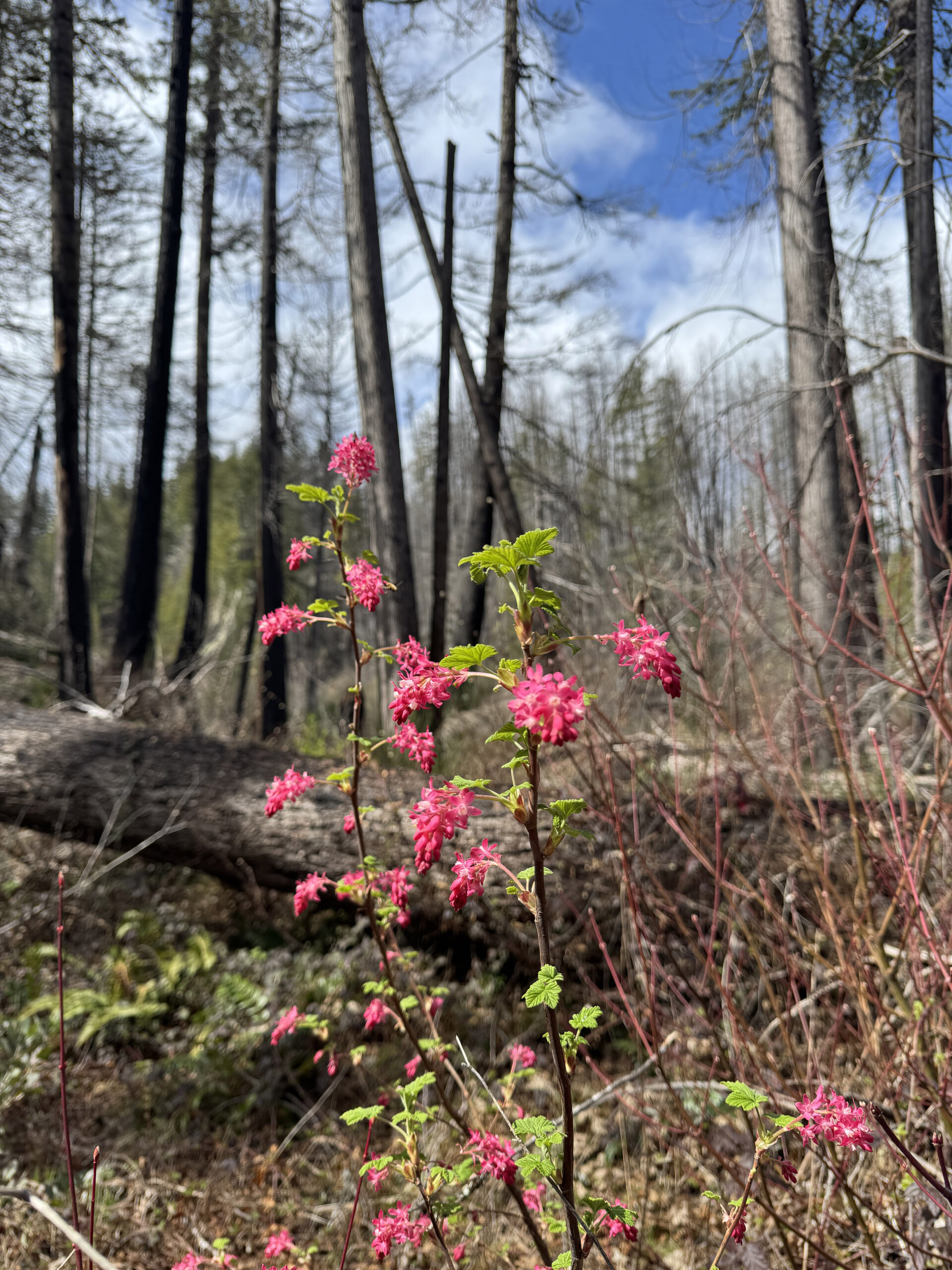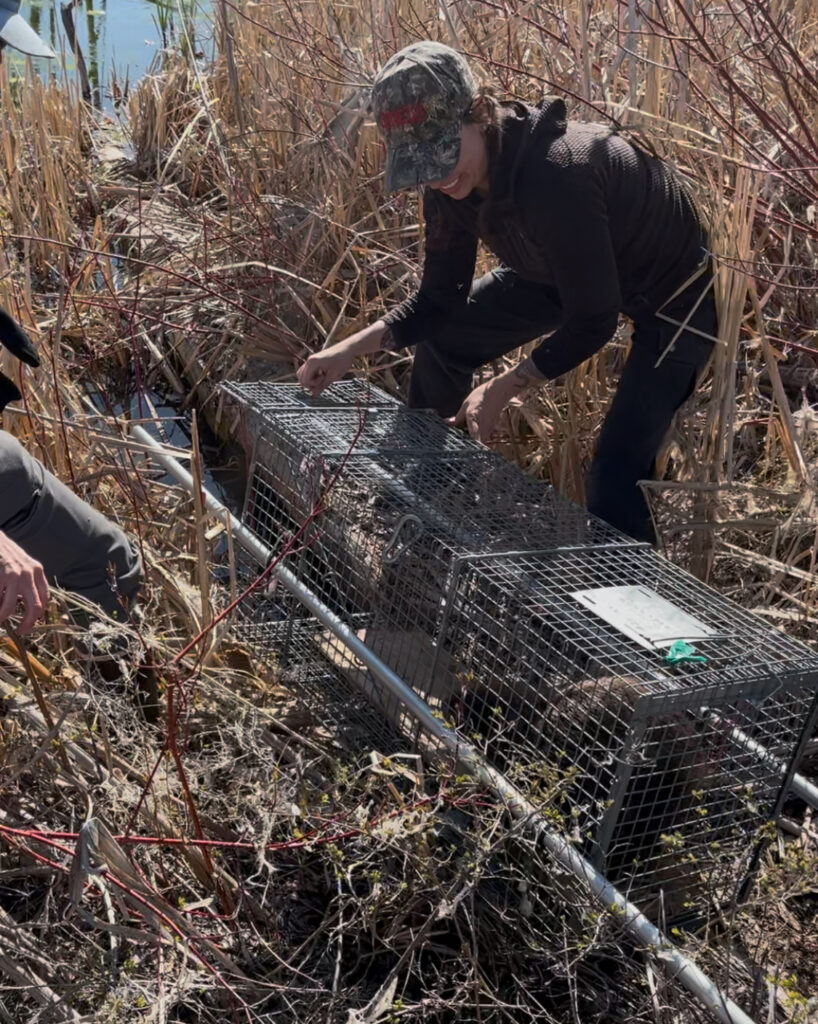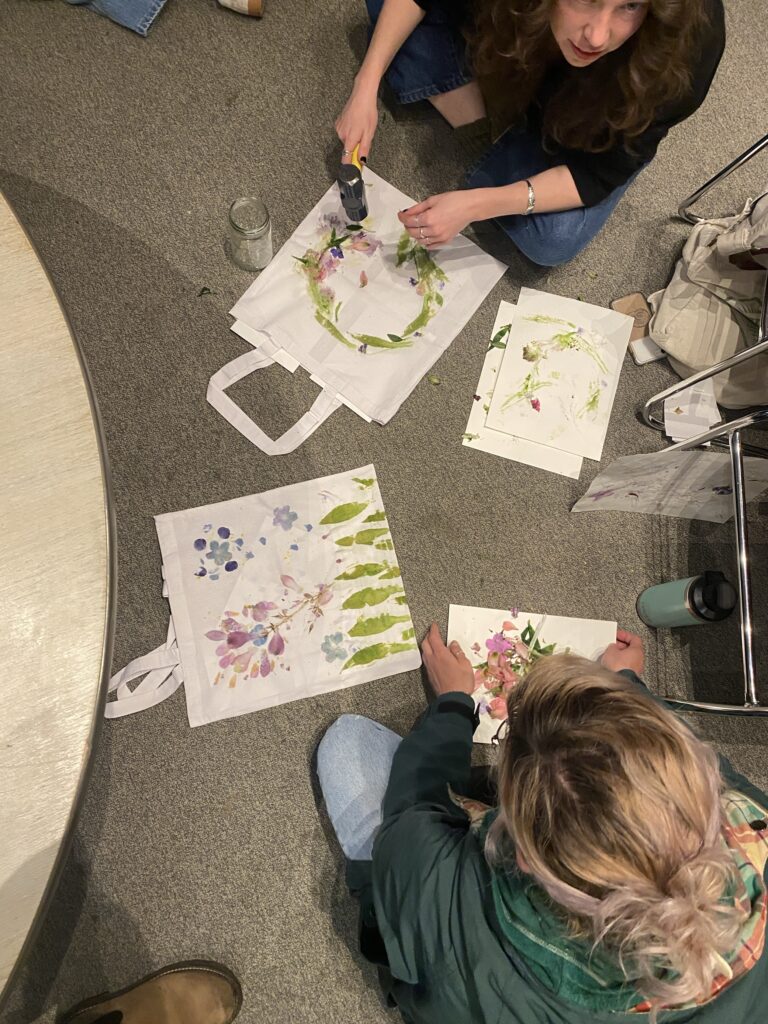Bark was made for this moment

Last Friday, I drove up along the Clackamas River into the footprint of the Riverside Fire to scout out an area for a future fire ecology hike. Alone in the car, the words of the executive orders, memos, and directives of the last few months were causing storm clouds in my head. Adding to my sense of misery were the countless fire-killed trees covering the hillsides around me, looking extra bleak under a morning cloud layer that was keeping back the sun.
But when I got out on the trail, I could finally see what I had missed while the landscape whizzed by at 60mph: The early blooms of fawn lilies, red currant, and bleeding heart. The fresh green growth peeking out from sleepy vine maples. And as the sun finally broke through the clouds, a landscape that was clearly alive—and very busy.
In the fall of 2020, the place where I was standing was a violent inferno. But now it’s teeming with new growth.
Over the next several months, this place will explode into a myriad of greens, purples, pinks, yellows, and reds. Beneath fire-killed conifers, a new generation of saplings will continue their long journey upwards to form a new canopy, the air around them filled with bird song and insects darting between new blooms.
In times of anxiety and uncertainty like the ones we’re in now, I look to the resilience of nature, to the plants and animals who remind me that it’s springtime and it’s time to get to work.
This Earth Day, I’m proud to work at a place that protects places like this. But the work has just begun, and we need your help to sustain it. Become a monthly Forest Sustainer and give back to the lands you love.
Be a part of the movement to protect public lands! Come out and be in community with us at these times and places this week:
April 22nd, The Circuit Bouldering Gym (all locations, all day; Bark staff climb @ 2:15), 100% of proceeds from day passes go to Bark!
April 23rd, OMSI after Dark: PNW Forests (6-10 pm; 21+)
April 26th, Earth Day Parade with Making Earth Cool & friends (11am-2pm)
Notes from the Field
Forest Watch
The Trump administration’s vision for Mt Hood is now clear. Prioritize timber extraction at the smallest possible cost to the federal government. That means accelerated planning timelines, less comprehensive environmental analysis, rollbacks of regulations, reduced public oversight and involvement, and job cuts aimed at staff not directly associated with the timber program. All around the country, USFS staff are being directed to meet only the minimum acceptable requirements of environmental law.
Though this administration’s vision for Mt Hood is unsettling, it’s nothing new. Like the robber barons of the past, it reflects a selfish, shortsighted, and exploitative relationship with the Earth. It prioritizes the desires of a few over the needs of many. It steals the resources of the future to fill the coffers of the present. It is the exact same abusive mindset that 55 years ago led 20 million Americans to take to the streets on Earth Day and demand change.
The fight for Mt Hood’s future isn’t over—and you’re not alone. Forest Watch is fueled by people like you who believe in something better. Join us this Thursday, April 24th for this month’s Forest Action Night to learn more about how you can stand up, speak out, and resist the exploitation of our forests.
Restoration
Earlier this month, I drove up to Twisp, Washington to help the Methow Okanogan Beaver Project (MOBP) release a small juvenile beaver named Chanel. After being held for 10 days in MOBP’s holding facility, we safely transported Chanel to private property in the Okanogan watershed, where we hope she finds a safe and happy home, and maybe even a friend in another recently released beaver named Marshall. Will we see beaver kits there in the next few years? Only time will tell!

But relocation isn’t the only tool for human-beaver coexistence. Alexa, MOBP’s Project Director, showed me how to build a notch exclusion device on a local landowner’s property—right in their backyard, in fact, where they enjoy watching their beavers from their lawn chairs! We dug a notch into the top of the dam to release water to an acceptable depth to prevent flooding.
Then, we built a sturdy wire cage around the notch to prevent the industrious beavers from repairing our damage. The result? A lowered water level reduces flooding downstream while the pond still remains deep enough and safe for beavers—win-win!
Education
We rounded out March with one of my favorite classes so far—Using Colonizers: Botanical Prints. We had about 15 folks hammering non-native plants into the ground to create gorgeous natural pieces to take home. When you crush certain plants into clothing fibers, it can create a lasting print.

Then in mid-April, we took advantage of the gorgeous weather to do some forest bathing. Forest bathing, or Shinrin-yoku, is a Japanese practice that has garnered attention for its ability to harness the therapeutic effects of immersion in nature to improve health and well-being. It helps people take a deep breath and rediscover our true essence, to remember our purpose and how we can serve the world—a timely reminder on this Earth Day.
April’s not over yet though, and I look forward to the rest of the Earth Month. As always, if you would like to lead a Bark Out or have other ideas for educational programming, reach out to me at haley@bark-out.org.
As always, check out our Events page for the latest updates on how you can get involved!